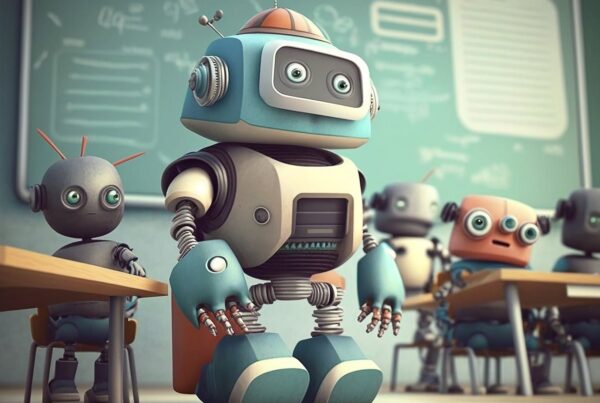#AI@Work: What Exactly is Going On Here?
Routine work of all types is vanishing. In their book, The Second Machine Age, MIT researchers Erik Brynjolfsson and Andrew McAfee indicate that routine jobs in sales, bookkeeping and food prep will vanish quickly. Another study indicates that over half of all jobs in the U.S. will disappear in 20 years. Many more say that robots are moving forward, and human labor is in retreat. The drama is unfolding but not the way we might think. Up to 47% of all jobs could vanish by 2029. This number could be even higher and job losses could come even earlier. This will vary by occupation, but many jobs will disappear when machines get better at jobs than humans. Language translation, writing essays and research papers, writing top 40 songs and truck driving are all set to vanish in the next few years. If anything, predictions made by the gurus of AI tend to underestimate not overestimate obsolescence in the workplace. AI wasn’t supposed to be able to beat humans at games like Go until 2027 yet it happened in 2015; Google’s DeepMind won twelve years earlier than predicted.
In 2019 a Japanese company, SoftBank, opened cell phone stores with “Pepper” a humanoid robot that is “cute, reliable and endearing.” No sales associates. Pepper is equipped with sensors, a chest-mounted tablet for the customer to enter information and an anti-collision system. Most importantly, Pepper has emotions. Pepper is equipped with several things that allow it to recognize emotions in the customers. It can identify sadness, joy, anger and surprise and determine if a person is in a good mood or not. This makes Pepper a perfect personal assistant. And more than 10,000 Peppers are now at work at SoftBank, Pizza Hut, on cruise ships, and in homes and grocery stores. Pepper is no novelty. For many, this bot is a sign of “the robots are coming for your job.”
If things were going the way many gurus predict, aggregate productivity would be going up, and jobs would be harder to find. But that’s not exactly what is happening. As it turns out, productivity that measures how much the economy produces per hour of human labor is at a low point. Theoretically, if automation allows companies to produce more with fewer people, this number should be spiking. But it’s not. It’s lower than it’s been since 1947. This is not what economist would expect to see if efficient robots were replacing efficient humans in mass.




